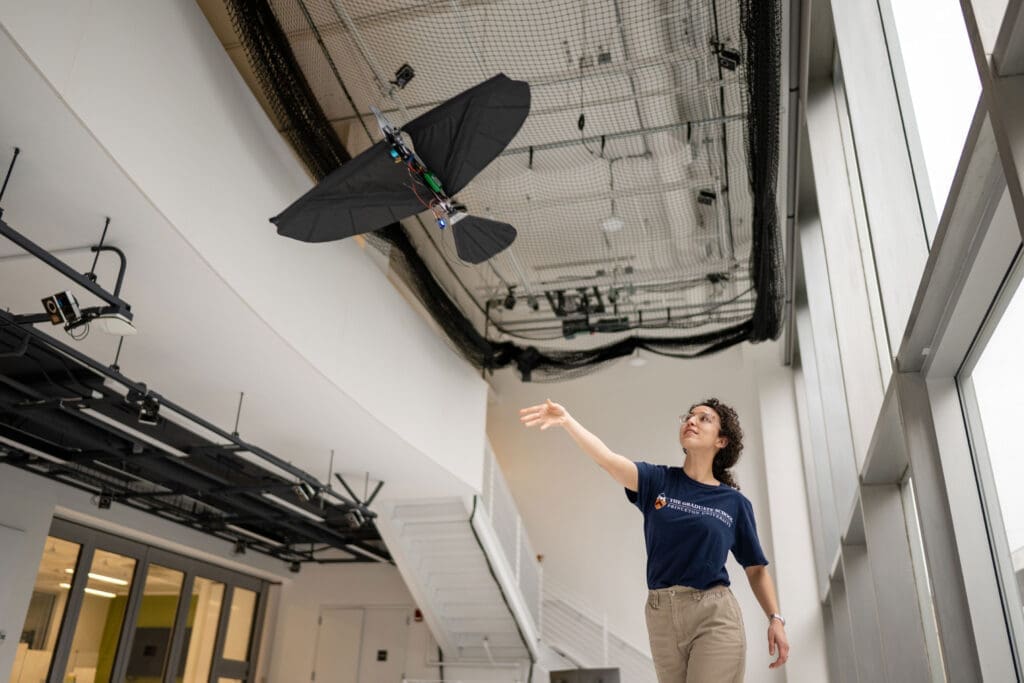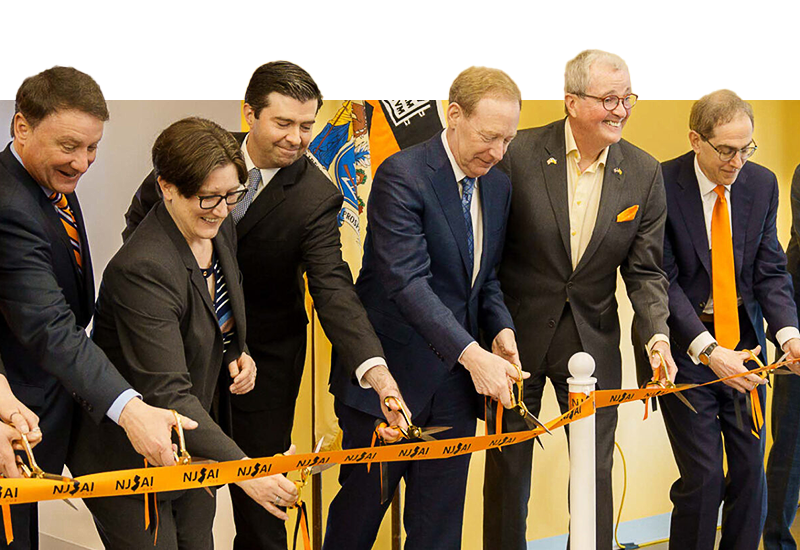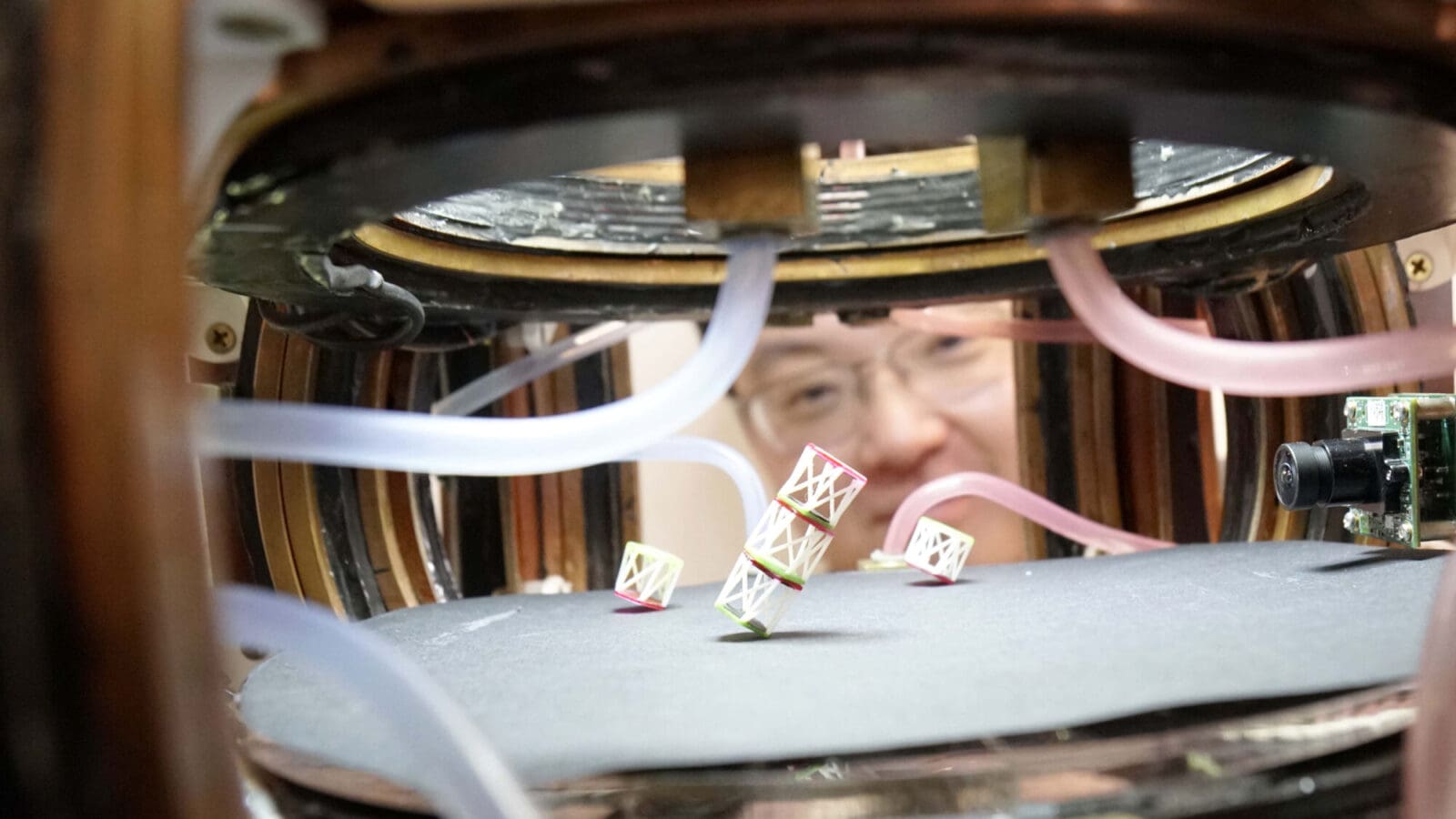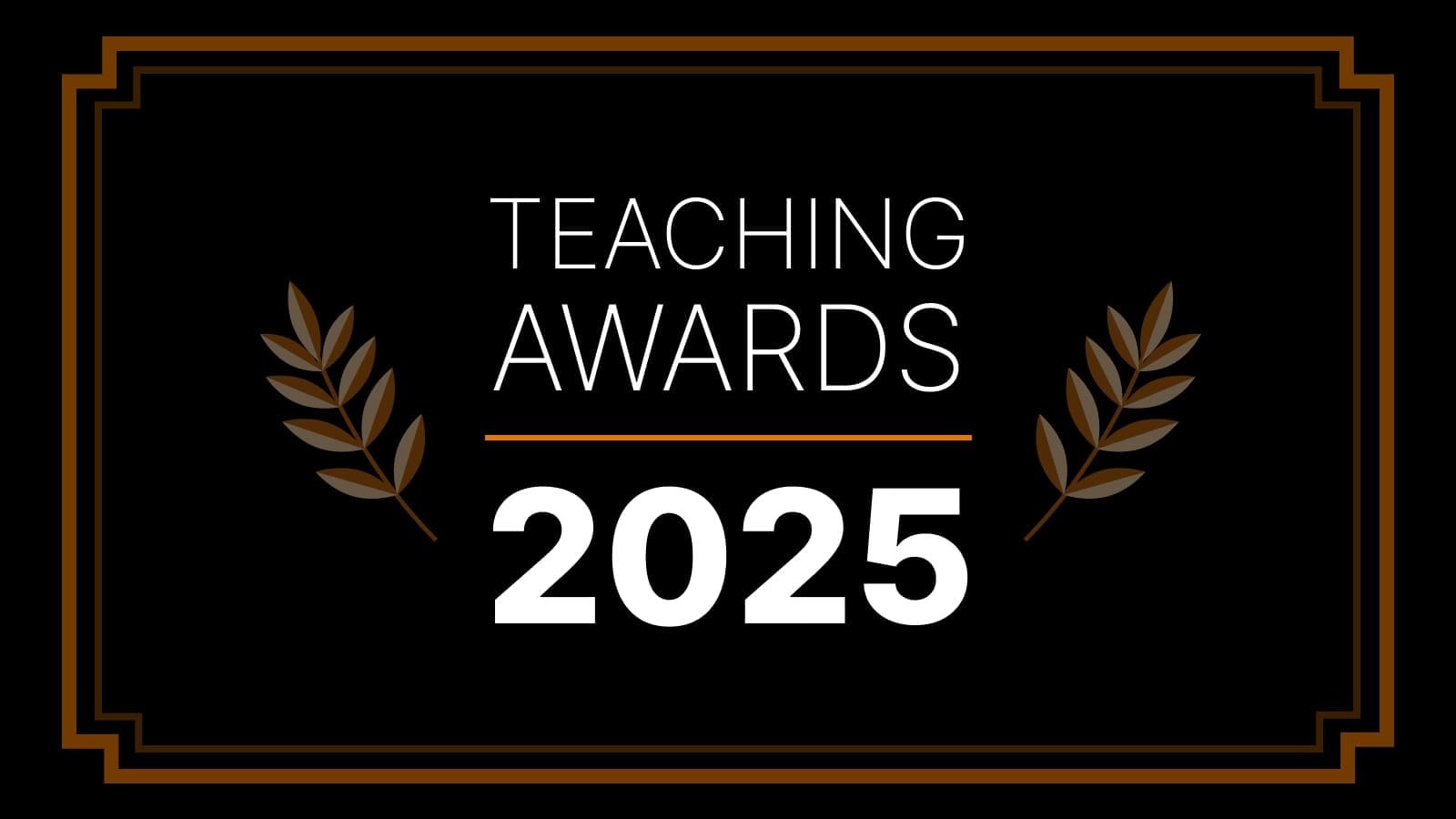
Baffour Osei brings technical excellence and a community mindset to Princeton’s new robotics lab
By
on
In Princeton Engineering’s new robotics lab a segmented robot snakes slowly across a table, a small-scale version of a machine that could someday automate dangerous construction tasks. The complexity and precision of the task is a formidable challenge, but the custom frame that allows engineers to test the robot safely and efficiently was an unexpected lesson in the realities of engineering, said lab manager Baffour Osei.
Engineering novices are used to seeing the final products of research and development, which can lead to “thinking that the process is a straight line,” said Osei. The robot’s aluminum frame, designed with computer science graduate students, was anything but straightforward. The team went through several iterations before the structure could evenly distribute the robot’s weight and allow it to maneuver in three dimensions.
Persistence has been an unofficial motto since Osei arrived as the inaugural lab director in June 2022. Filling a two-story space in the F-wing of the Engineering Quadrangle, formerly the engineering library, the lab represents a major investment in robotics research, with an emphasis on interdisciplinary collaboration and cutting-edge techniques.
Before coming to Princeton, Osei was the first engineering instructor at Landmark Christian School in Atlanta. When his high school students’ projects didn’t work as intended, they often wanted to give up on their ideas. But he would tell them, “Fix it. That’s part of the process.”
“He integrates knowledge across all of the groups” that use the space for their research, which makes him an invaluable problem-solver, said Radhika Nagpal, the Norman R. Augustine ’57 *59 Professor in Engineering. In hiring for the position, the robotics committee was unsure if they would find a candidate who could combine knowledge of the lab’s wide variety of systems and equipment. “We were very lucky to get Baffour,” she said.
In addition to Osei’s technical expertise, “he’s created guidelines where the lab operates as a collective that cares about each other. I think that’s very much driven by Baffour’s way of thinking and his philosophy of leading people.”
When Sneha Ramshanker, a first-year graduate student in mechanical and aerospace engineering, had trouble using a laser cutter to cut foam for an experimental setup, she consulted Osei, who demonstrated a general approach for testing new materials to cut.
“He’s a good teacher first,” said Ramshanker, a member of Nagpal’s swarm robotics research lab. “He shows me ways to handle the different materials I’m using, and if I want to repeat the same process tomorrow or the day after, he shows me how I would go about doing that without his help.”
Like many engineering projects, Osei’s career has taken some unexpected turns. Osei was headed for an industry job after his 2018 graduation from Vanderbilt and Fisk Universities with degrees in engineering and physics, when he heard from Jason McMaster, an administrator from Osei’s California high school. McMaster told Osei he was moving to Landmark Christian School in Atlanta, where he was looking to build the school’s elective offerings. McMaster knew that Osei would have many attractive job opportunities, but asked Osei if he wanted to apply for a job as Landmark’s first engineering instructor. Osei was concerned that he hadn’t taught before. But the administrator reminded Osei that he had tutored several students during high school.
“You’ve taught kids your whole life,” McMaster said.
That August, Osei transformed an empty room into a maker space and created middle and high school engineering curricula from the ground up. He learned how to motivate his students to direct their own learning. One group of students created an electric skateboard, while another produced a robotic hand that could copy the movements of a user wearing a sensor-equipped glove.
He and his students were all learning as they went along, said Osei. “I was freestyling the whole time,” he said. He started out with a “crash course” in basic aspects of engineering: coding, mechatronics, robotics, computer-aided design/3D printing, and metacognition/problem-solving approaches. Then, the students designed their own projects, and some were so enthusiastic that they worked on their projects over the weekend. “Kids choosing me over Xbox was just mind-blowing,” he said.
McMaster said it was rare to find someone who didn’t merely pursue his own goals but also “chose wisely to invest in the next generation.”
“He was so good at it,” McMaster said. “What a mentor he was to so many kids.”
Osei grew up with a love for engineering thanks to his father, who was a captain and engineering director in Ghana’s navy (now retired). Since he was a toddler, Osei joined his father at the workshop where he oversaw the repair of vehicles and specialized equipment.
Spending time with family friend Francis Allotey, a leading Ghanaian scientist and mathematician, also deepened Osei’s interest in physics and astronomy. He remembers watching a solar eclipse in 2006 with Allotey, who explained the event’s mechanics. Allotey, as it turns out, earned a Ph.D. from Princeton in the 1960s and later taught Osei’s father and worked with him as chairman of the Ghana Atomic Energy Commission.
Osei moved to the United States from Ghana at age 13 to join his cousins who were attending a private high school in Southern California. Afterwards, he attended community college for a year at Moorpark College. He then majored in physics at Fisk University, a historically Black college in Nashville, Tennessee, and through a dual degree program with Vanderbilt University he also studied mechanical engineering.
A running back on Vanderbilt’s football team, Osei’s schedule kept him from taking courses that included hands-on engineering projects until his senior year. After working with classmates on a controller system to help automate a manual wheelchair, he was hooked.
While teaching teenagers in Atlanta, Osei kept his home country of Ghana in mind, and began seeking ways to bring engineering opportunities to students there.
Using a combination of his own funds and a small budget from a private school, he packed a shipping container with refurbished computers, 3D printers and other equipment to set up maker spaces at two schools in Ghana during a holiday visit in 2021.
By sharing his Landmark students’ projects on LinkedIn, he had recently connected with The MakersPlace, a Ghanaian startup working to bring hands-on engineering education to K-12 classrooms. After Osei returned to Atlanta, MakersPlace facilitators finished setting up one of the spaces and worked with the school’s teachers to integrate project-based STEM learning into the curriculum. Osei soon became The MakersPlace’s head of learning and development after helping to expand the company’s reach and earn accreditation from STEM.org, a standard-setting organization in STEM education.
At the same time, Osei began mentoring teachers for TechLit Africa, a U.S.-based nonprofit working to bring computer classes to schools in rural Kenya. He offered guidance on how students could pursue creative projects beyond the basic digital skills that form the foundation of TechLit Africa’s programs, and he now serves on the organization’s board. TechLit Africa cofounder Nelly Cheboi was named CNN’s Hero of the Year in 2022.

Osei now applies his passion for tinkering and problem-solving in Princeton’s robotics lab. Szymon Rusinkiewicz, the David M. Siegel ’83 Professor of Computer Science, said Osei has “become the master” of operating the lab’s specialized PolyJet 3D printer, which can combine different materials and print in thousands of colors. “All of these little pieces are necessary to take advantage of this fairly unique piece of equipment,” and Osei’s knowledge has been essential to using it effectively, said Rusinkiewicz.
Osei maintains the lab’s online resources, which include instructions for key pieces of equipment, troubleshooting records and lists of which users are trained on the equipment, so students can help each other resolve issues.
“I don’t want to be the bottleneck” to students’ progress, said Osei, especially since students tend to work in the lab at odd hours. “I want you to feel like you’re not scared to break something, because you have the information you need. I spent a lot of time on these resources very early on to make sure that students could have a support framework for whatever it is they need to do.”
Osei relishes his unique view on the progress of the lab’s projects, watching both undergraduates and graduate students grow in their confidence and abilities, and knowing he’s been integral to their success.
And while his job at Princeton puts him at the forefront of robotics research, he sees the same spirit of persistence and ingenuity as vital to the students at Landmark, TechLit Africa and The MakersPlace, who may start out as complete novices at writing code or wiring electronics.
“The first thing that you make better makes you feel like you can make anything else better,” he said.









